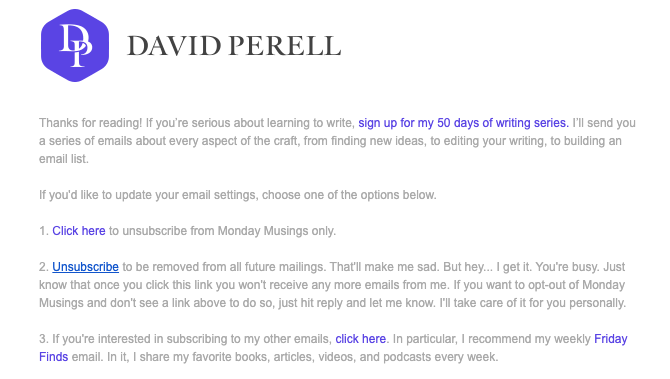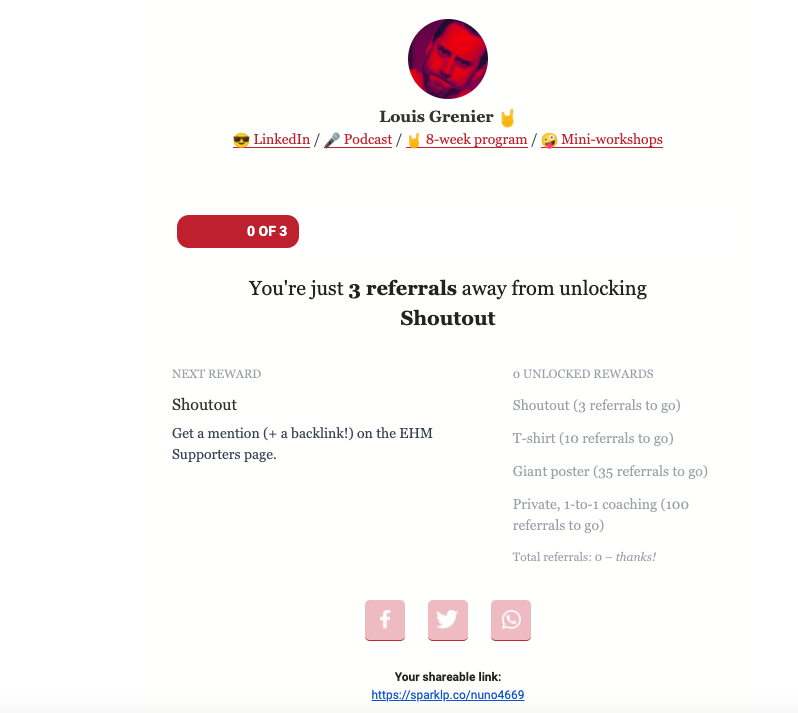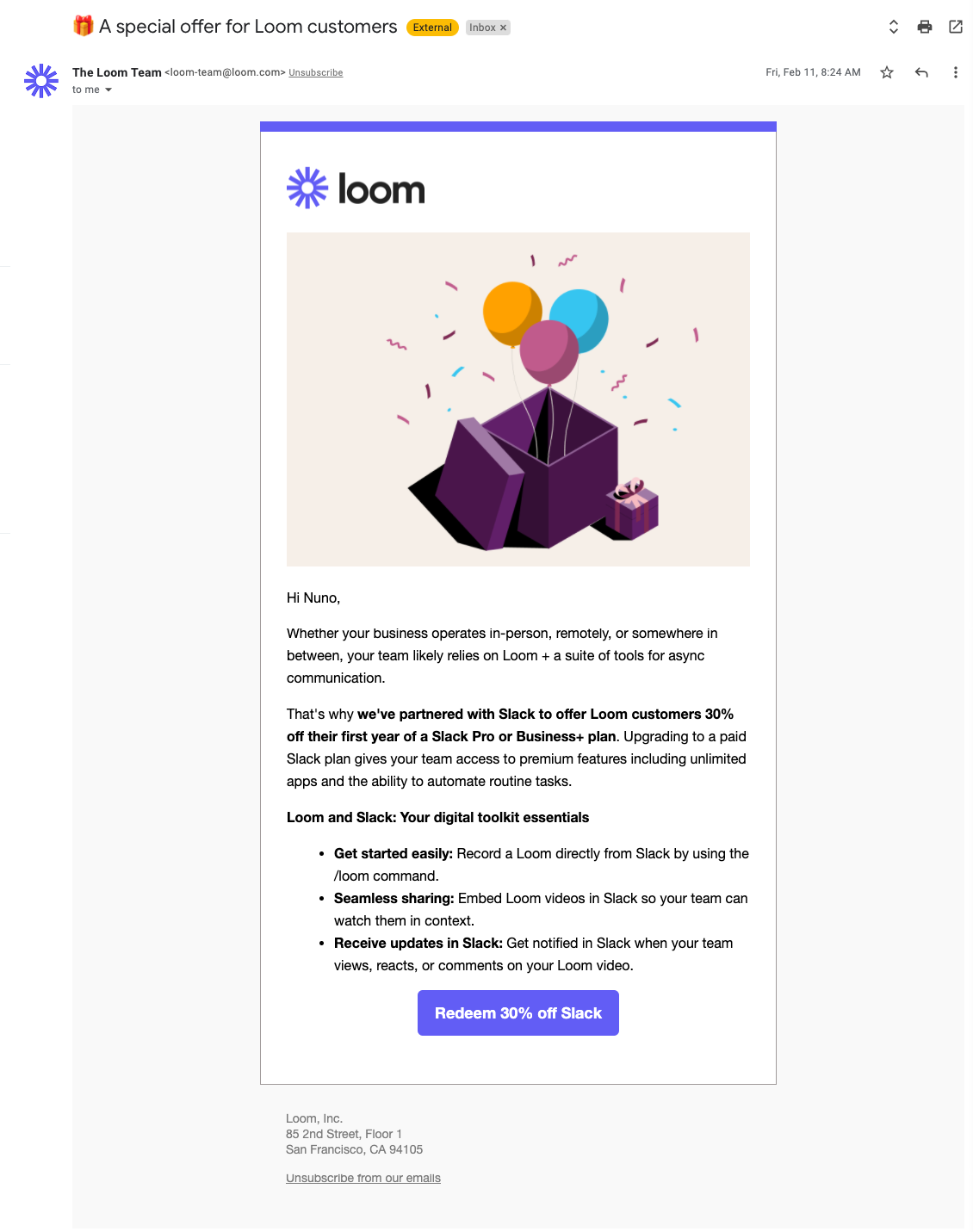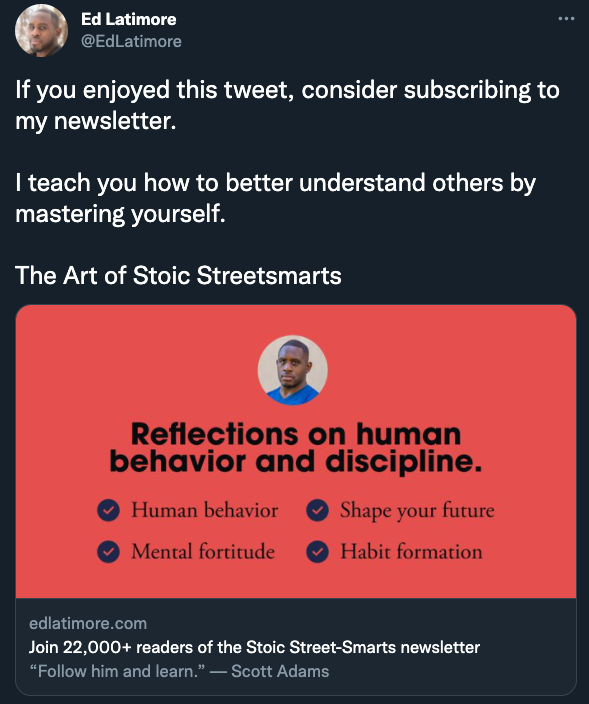Growth hacks, Hacks, Tactics. What do they have in common? The promise of achieving your goals faster. You don't need to put hours of labor in: testing, failing and restarting everything. Unfortunately, the world has become impatient and marketers are to blame.
It is strange, though, since we are the ones selling these magic bullets, we should be immune to their appeal. But if you do a quick search for content around the topic of marketing, more than 90% of them are not interested in teaching anything besides hacks.
And if you are trying to grow your email list, you will find several of them teaching you things with the promise that you will achieve a big list in no time, only to frustrate you with the results when you try those hacks.
I am not an expert, nor do I intend to be, but I am someone that has been disappointed several times with 'magic tactics' blog posts, so I decided to do my research and learn from people that don't preach growth hacking, and know that everything takes time and work.
This post is what I learned. If you get value from this article, it will be because of those people. On the other hand, if you think this article is a pile of garbage, it is my fault; maybe I couldn't explain the ideas I've learned perfectly.
Remember that sometimes you will fail even if you put in the work and take the right path. Don't be discouraged. Most marketers who seem superstars, are just great at appearing like a superstar. They, too, struggle with growing a list, email marketing, PPC campaign, and so on.
You are not alone.
Now that we’ve removed the self-doubt out of the way, let's dive into growing your email list. A lot of the stuff here will be all about principles, but when I see the need, I will present a tactic or two.
It all starts with you sending emails
Growing a list has more to do with the content you send — including the frequency you send them — than people realize.
Why would someone give you their email address if there is nothing for them to read, or worse if what you send them is not compelling at all? The world doesn't need another marketer blasting email lists with buy my stuff or here’s an x percent discount for your next buy.
What you need is excellent and regular content, and then when the time comes that you need to sell your product, you can promote them without feeling ashamed.
Examples
David Perell is a well-known internet writer; he has a cohort course — Write Of Passage — that teaches people the art of writing and how to write using the internet as your main vehicle to spread your ideas.
David rarely talks about his course in his newsletters. Instead, he talks about inspiring ideas — Monday Musing — and exciting things he discovered that week — Friday Findings — but he promotes it relentlessly when his course is about to open.
Do I unsubscribe? Nope, even his course promotions are interesting because he adds value. He inspires you about writing and teaches something even without enrolling.
Farnam Street is another great place to find content that will challenge your brain and leave you mesmerized. They sell premium membership to their community, and online courses as well. But they rarely promote those actively on their newsletter — Brain Food — and focus on sharing the best content from their blogs, inspiring ideas from books, and even thought-provoking articles from other people.
Nik Sharma, knowing that Bento's audience contains a lot of ecommerce people, I couldn't leave Nik out of my examples. Every Sunday, this guy drops knowledge bombs related to DTC. He talks about strategy sometimes, other times he talks about promoting your business, creating a DTC brand, and so on. If ecommerce is your thing, Nik is your guy, and the content is something you won't find easily out there.
Send emails regularly
Why did I use these two above as examples? Because besides having great content, they have a cadence, a frequency – at least once a week. And I am sure they have a high open rate, an engagement, and a retention rate that would cause envy to every marketer out there.
Those are all essential things that you need if you want to grow your list. Great content makes people stay, interact and stay. All things that we will talk more about during this article.
Maintenance
Even if you achieve mastery of newsletters like David Perell, FS, and Nik Sharma, you have to keep your list clean because the universal truth states that you won't be able to please everybody. Some people will grow tired of you in their inbox, and others may subscribe with a work email that no longer exists. That's part of the game.
So, these are some housekeeping rules that you should remind to execute regularly or just use automation to take care of it:
- Clean out incorrect email addresses and emails that bounce repeatedly;
- Remove those who unsubscribe;
- Consider trimming inactive subscribers from your list or start sending less frequent emails to them. But before saying goodbye, try to re-engage them with your best content.
Growing your list organically and paid options
Opt-In Forms
I already made my case about Opt-In Forms in a previous article, but you can't deny that they work for the purpose you have in mind — growing your email list — and that's why marketers keep using them today.
But as I said in the article linked above, instead of using opt-in popups to ask people to subscribe to your email list, you can do this in a way that won't cripple the experience of your website.
Like Nik's page, for example, that is dedicated to making you subscribe to his newsletter, but no pop-ups. He explains how you can benefit from subscribing, and the rest is a choice you make.

David Perell, Farnam Street, all have similar pages and sometimes embedded forms at the end of the article that you are reading. The lesson is, don't force it. Instead, give them good reasons to want to be part of your email list.
Referral – Kind of
Word of mouth is potent, but it is hard to get; most of the time. You have to ask and keep asking people to recommend your stuff. And if you are like me, you may feel a slight discomfort about continuing to hammer on the same nail; if you like this, please recommend my stuff.
But there is another way.
What if, instead of asking people to recommend our emails, we don't take advantage of the fact that they’re already doing it? FS, for example, knows that people forward their emails to friends and families, so they let those new people know; hey if you want to keep getting content like this, you can subscribe here.

If you have other newsletters that you would like for people to subscribe to — David Perell is great example of someone who does this will by using his signature to let you know about other things that he has going on.

Or you can simply create an ongoing referral campaign and offer incentives for people to share your newsletter. This is how Louis Grenier from Everyone Hates Marketers does it.

Partnerships
Okay, maybe this is not as straightforward as the other things we have talked about so far, it takes some effort and some luck, but it is a great way to get subscribers for your email list.
Choose a relevant partner who has some or a lot of attention, that complements your business, not a competitor. Create things together that can add value for their list and your list. That could be:
- Content swapping;
- Offer value and entice subscribers to opt-in to your emails;
- Offers swapping – the more exclusive, the better.
Let me clarify, you will not swap your subscribers lists. You can exchange content, promotions, discounts, whatever, but not the list – and I don't think that list swapping is legal, if it is, it shouldn't be.

Share your Newsletter on Social Media
This tactic is helpful for people who are consistently delivering great content on social media. Then, you can use the content popularity to promote your newsletter naturally.
Hey, this content was extracted from my weekly newsletter, if you are interested in other content similar to this one, you can subscribe to it – you are free to unsubscribe as soon as the quality of my content goes down.
Or some variation of that, like this one from one of my favorite people on Twitter:

Place some Ads to Promote your Newsletter
We already covered some ways to grow organically, but as you can imagine, the organic way may take some time to start having traction if you are starting from zero. So one solution is to start paying to promote your stuff.
These are some ways that you can use the money to promote your newsletter:
- Paying for Ads on Social Media;
- Paying for Ads on Podcasts and other Newsletters.
As you may know, you can use emails that you already have to find lookalike audiences that you can show your ads on social media. I’m not going to go into the details of doing that, but you can use Facebook KB to read more about it if you’re interested.
An exception
If you are an ecommerce company, you should use your budget for ads to promote your products instead of promoting your newsletter — I'm just saying.
Final Words
Wooo… this was intense, at least for me. Sure, you can find other articles with hundreds of tactics, but they are not writing for you to read; they are writing for Google. This is why I decided to go a different route on this one.
I gave you tactics, but I gave you some theoretical knowledge and examples that you can use as inspiration.
Don't forget that you need to retain those subscribers after growing your list and you need to maintain a clean email list.
Bento can help you with all of that and in autopilot, so you only need to set up your automation once and let it take care of maintaining everything in order. Then you can focus on producing and sending great content.
And remember this quote:
Before enlightenment, chop wood and carry water. After enlightenment, chop wood and carry water.
It takes time, but don't relax after you start getting results.
Enjoyed this article?
Get more email marketing tips delivered to your inbox. Join 4,000+ marketers.
No spam, unsubscribe anytime.